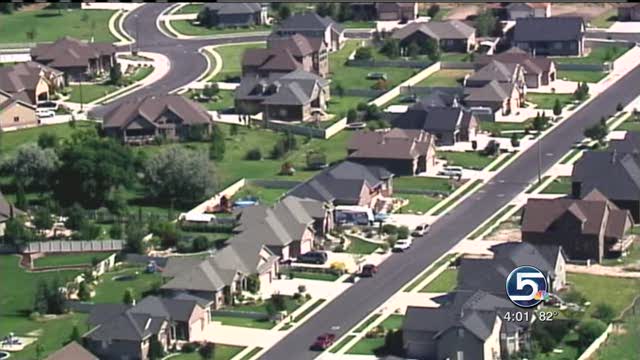Estimated read time: 3-4 minutes
This archived news story is available only for your personal, non-commercial use. Information in the story may be outdated or superseded by additional information. Reading or replaying the story in its archived form does not constitute a republication of the story.
KAYSVILLE — Commuters in Davis and Weber counties got an idea of what their drive could look like as the Utah Department of Transportation unveiled Thursday the latest alternatives for the proposed West Davis Corridor freeway.
However, some area residents and conservation groups still have concerns about the project.
At issue is a proposed 24-mile roadway along the west Davis corridor that would reach from Centerville to Marriott-Slaterville between the Great Salt Lake on the west and I-15 on the east.
Some property owners are angry over the proposal to build a 4-lane highway through their neighborhoods — which would force them out if their homes have to be torn down. In addition, environmental advocates claim the highway would damage natural wetlands along the proposed route.
"Impacts to the lake, migratory birds, waterfowl, the wetlands and air quality is a big issue for everyone along the Wasatch Front," said Tim Wagner of the Sierra Club.
I don't feel like the impact of ten acres of wetland should outweigh the social impact of destroying 12 homes, not to mention the human and social impact of destroying a neighborhood.
–Steve Hiatt
But Steve Hiatt, the mayor of Kaysville, said destroying wetlands shouldn't be an issue when homes are involved.
"I don't feel like the impact of ten acres of wetland should outweigh the social impact of destroying 12 homes, not to mention the human and social impact of destroying a neighborhood," he said.
UDOT project manager Randy Jefferies said all studies take into consideration the impact it will have on the community and the surrounding area.
"When you plan for a transportation corridor in an area, it will have impacts," Jefferies said. "Our gaol is to minimize those impacts with those who live in these communities, to make adjustments, and that's what we've been doing the past several months. Now we have better alternatives to study throughout the rest of the process."
UDOT said it has conducted meetings with various citizens groups in an effort to address their concerns.
The agency said the road would alleviate 6,840 collective hours per day that commuters spend sitting in traffic. The idea has been under consideration for almost 50 years as well as studied at least twice over that time.

"We know that the corridor in this area can cut the level of traffic congestion (in western Davis and Weber counties) by half over the next 30 years," said Jeffries.
The north-south travel options — which were pared down from an original 46 different routes — would begin in Centerville, where the proposed four-lane, divided highway splits from I-15, and heads northwest on varying routes through Syracuse, West Point, Clinton, Hooper and West Haven. Initially the road would have ended at 12th Street in Ogden, but that segment has been removed from the current proposals.
The need for the roadway was revealed months after the study began last February, Jefferies explained.
He said new roads are necessary to keep up with the estimated 75 percent growth in the area by 2040. If transportation options are not built, the recent environmental impact study points out that the more than 303,000 population would be road-blocked in 30 years.
By next year, UDOT plans to unveil one solid concept with a final selection to be chosen upon the completion of the study in 2013. The agency would then ask the state Legislature for funding options to build the new highway.
----
Written by Wendy Leonard and Sam Penrod with contributions from Jasen Lee.








